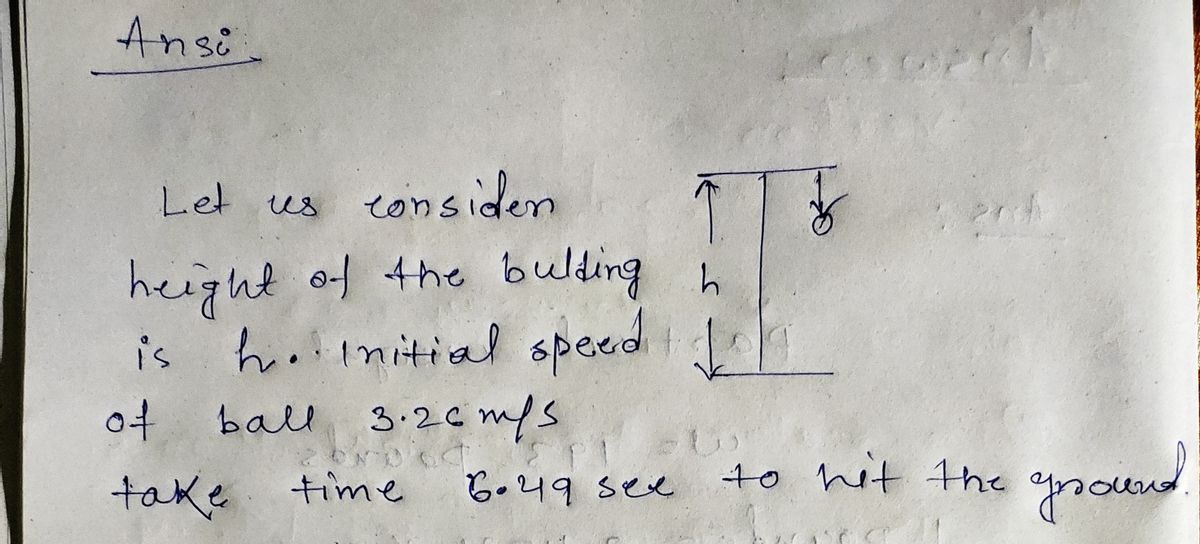A ball is thrown downward from the top of a building with initial speed of 3.26 m/s. It strikes the ground after 6.49 seconds. How high is the building? (round your answer to two decimals; use g = 10 m/s2; ignore air drag; select upward direction as positive)
Displacement, Velocity and Acceleration
In classical mechanics, kinematics deals with the motion of a particle. It deals only with the position, velocity, acceleration, and displacement of a particle. It has no concern about the source of motion.
Linear Displacement
The term "displacement" refers to when something shifts away from its original "location," and "linear" refers to a straight line. As a result, “Linear Displacement” can be described as the movement of an object in a straight line along a single axis, for example, from side to side or up and down. Non-contact sensors such as LVDTs and other linear location sensors can calculate linear displacement. Non-contact sensors such as LVDTs and other linear location sensors can calculate linear displacement. Linear displacement is usually measured in millimeters or inches and may be positive or negative.
A ball is thrown downward from the top of a building with initial speed of 3.26 m/s. It strikes the ground after 6.49 seconds. How high is the building? (round your answer to two decimals; use g = 10 m/s2; ignore air drag; select upward direction as positive)

Step by step
Solved in 2 steps with 2 images









